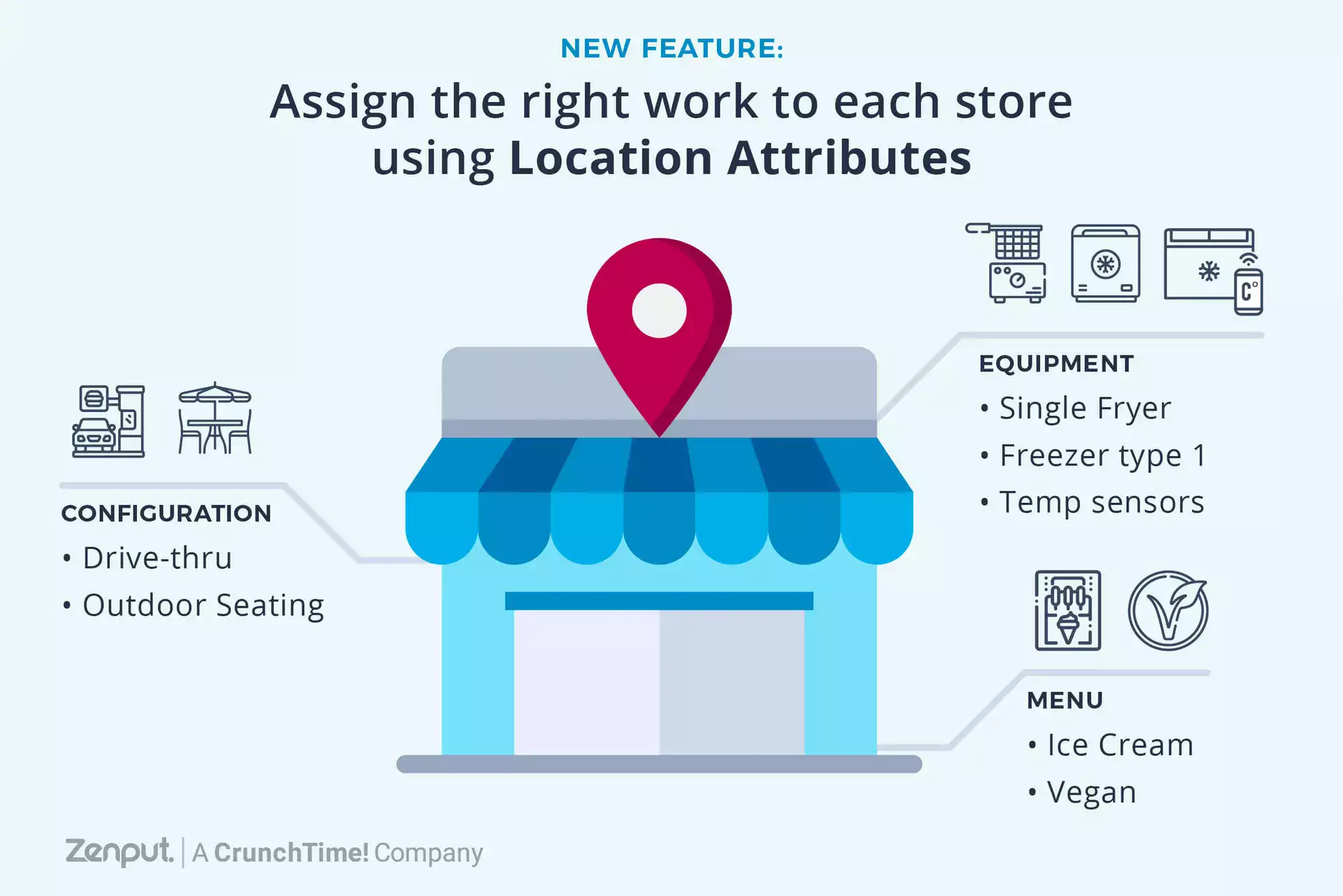There’s a convenience store right down the street from me. The other day, I stopped in there for two personal necessities: milk for my cereal and gum for my desk at work. This store is a small mom-and-pop operation, and it became apparent to me that mom and pop also don’t believe in clearly pricing their goods. I paid about $4 for those two items, and I can’t tell you how the pricing broke down because neither shelf nor product was marked.
Sure, in a perfect retail setting, every store has clear and accurate pricing. Promotions are also accurately priced and displayed. Unfortunately, we don’t live in a perfect world. Human error abounds and the most “cutting-edge” retailers can make pricing mistakes. If mom and pop make a pricing error, it can be chalked up to their small operation (although, I prefer “tough love” and not giving them a pass). If Whole Foods makes a pricing error across their chain, it can become a brand-damaging narrative that the media pounces on, and that’s what actually happened.
The reality is that you can’t afford not to audit your prices because there’s a good chance your prices are wrong! Here are three reasons why:
1. The human factor
Employees can miss a SKU when adjusting prices or they may accidentally overlook information about pricing changes. Employee turnover or insufficient training can also play a role here. Store managers, whether accidentally or not, may deviate from corporate pricing structure.
2. The “computer” factor
Pricing in the retailer’s information system can also be inaccurate. It could be wrong CPG data from the manufacturer or vendor. As a result, the wrong price is recorded at the store level. Important note: At some point, you have to draw the line between machine and human accountability. That’s why I put “computer” factor in quotes. Pricing isn’t static and at the end of the day, someone—preferably more than one person—needs to cross-reference the accuracy of the information in the system.
3. The promotions factor
Misplaced point-of-purchase materials, mispriced compared to competitors, lack of in-store visibility. These are all problems related to your promotions. That’s the diagnosis, but the remedy is real-time information. If you’re regularly auditing your stores and accounting for these things—and most importantly, if you can fix them in real time—you will have a competitive advantage.
Remember that your customers are only spending a couple of minutes in your convenience store. In terms of customer service, you may not have time to ask your regular customer how their kids are doing. You may not have the time to know your customer that well. But when you provide accurately priced goods that are conveniently placed and your employees are knowledgeable about promotions, you’ve just won in customer service.
So, how about checking those prices? Mom and pop would write down the SKU and flip through a book or check their computer. Meanwhile, the super competitors are scanning a barcode for instant data. That’s where the technology is heading, and you should go with it.
Zenput is a mobile software solution that allows retailers to be proactive vs. reactive. It’s a platform where insights can be shared easily and instantly. The Zenput app also incorporates a barcode scanner for SKU verification. With Zenput, retailers gain the ability to verify promotional pricing and respond to pricing inconsistencies at the store level—all in real-time.
To learn more about Zenput’s functionality in convenience stores, click here.Subscribe to our blog
You are now subscribed!


